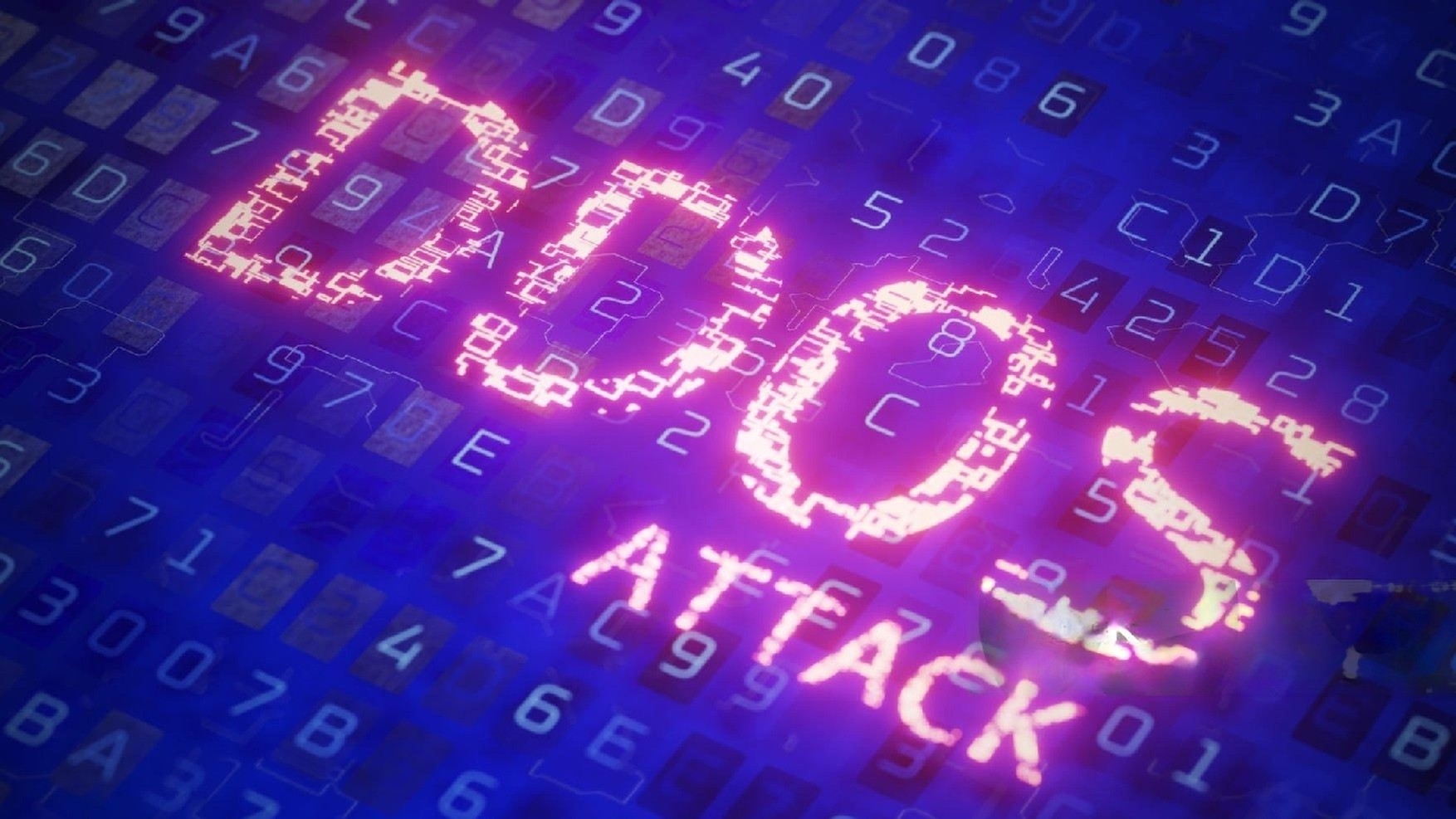Denial of Service (DoS) and Distributed Denial of Service (DDoS) Attacks
Understanding and Combating Denial of Service (DoS) and Distributed Denial of Service (DDoS) Attacks
The ever-evolving cybersecurity landscape constantly tests the resilience of organizations worldwide. Among the prominent threats to digital infrastructure are Denial of Service (DoS) and Distributed Denial of Service (DDoS) attacks, which have grown in scale, sophistication, and impact. This blog comprehensively examines the technical deconstruction of DDoS attacks, their impact, detection, mitigation, and emerging trends, while delving into legal, ethical, and hands-on aspects.
1. What is a Denial of Service (DoS) Attack?
A Denial of Service (DoS) attack disrupts the availability of a target’s services by overwhelming its resources or exploiting vulnerabilities. This can result in downtime for websites, applications, or entire networks.
Mechanics of a DoS Attack
- Flooding Attacks: Overloads the target with excessive traffic, exhausting bandwidth or processing power.
- Exploitation Attacks: Targets vulnerabilities to crash systems, such as through buffer overflow attacks.
2. Distributed Denial of Service (DDoS) Attack: Exhaustive Technical Deconstruction
A Distributed Denial of Service (DDoS) attack amplifies DoS attacks by using multiple systems to flood the target simultaneously. These attacks can involve hundreds of thousands of compromised devices, known as a botnet, and cause massive disruption.
Fundamental DDoS Mechanics
- Attack Definition: DDoS involves multiple compromised systems (bots) flooding a target to cause service denial. It utilizes:
- Incoming message floods
- Overloaded connection requests
- Malformed packet generation
Threat Actor Landscape
DDoS attacks can be carried out by a variety of actors:
- Criminal Hackers: Seeking financial or personal gain.
- Hacktivists: Motivated by political or social causes.
- State Actors: Government agencies involved in cyber warfare.
- Organized Crime: Extortion through DDoS-for-ransom schemes.
3. Attack Infrastructure
Botnet Construction
- Infection Process
- Exploit system vulnerabilities.
- Inject malware or exploit default credentials.
- Use phishing or brute-force attacks.
- Botnet Characteristics
- Operates under a Command & Control (C2) server.
- Scales to thousands of nodes, including IoT devices.
- Devices experience degradation while attacking.
4. Impact of DoS and DDoS Attacks
Economic Losses
- Revenue impacts due to downtime.
- Costs for mitigation and recovery.
Reputation Damage
- Loss of customer trust and public backlash.
Operational Disruption
- Interruption of critical business functions.
- Reduced productivity across departments.
5. Legal Implications
Criminal Consequences for Attackers
- Under laws such as the Computer Fraud and Abuse Act (CFAA) in the U.S., DDoS attacks can lead to severe penalties, including imprisonment and fines.
- Many countries classify DDoS attacks as cyberterrorism, especially when targeting critical infrastructure.
Responsibility of Organizations
- Companies hosting unsecured IoT devices could face negligence charges if their systems are hijacked for botnets.
International Collaboration
- Interpol and Europol often coordinate across jurisdictions to identify and prosecute attackers operating internationally.
6. Evasive Techniques Used by Attackers
Attackers often use advanced methods to avoid detection:
- IP Spoofing: Masks the origin of traffic, making it hard to trace.
- Slowloris Attack: Sends partial requests to keep connections open and exhaust server resources.
- Fast Flux Networks: Rapidly changes botnet IP addresses to evade blacklists.
- Encryption-Based Attacks: Use HTTPS traffic to make malicious traffic indistinguishable from legitimate traffic.
7. Ethical and Political Considerations
Ethical Concerns
- Hacktivism: Some justify DDoS as a form of protest, targeting governments or corporations they oppose.
- Collateral Damage: Attacks can inadvertently harm unrelated systems sharing the same infrastructure.
Political Motivations
- Cyber Warfare: DDoS is a weapon in international conflicts (e.g., Russia-Ukraine cyber skirmishes).
- Censorship Tools: Governments may use DDoS to silence dissenting websites.
8. Hands-On Examples
Simulating a Small-Scale DDoS Attack for Educational Purposes
Disclaimer: Simulations should only be conducted in isolated, controlled environments for ethical and legal reasons.
Example Setup: SYN Flood Simulation
- Environment: Use two machines: one as the attacker and one as the target (both on a local network).
- Tools: Install a packet generation tool like hping3.
- Command:
1
hping3 -S --flood -V -p 80 <target_ip>
- Observe: Monitor the target’s performance using resource monitoring tools (e.g.,
toporhtop).
Mitigation Exercise
- Apply rate-limiting on the target machine to filter out excessive SYN packets.
9. Defense and Mitigation Techniques
Proactive Strategies
- Traffic Scrubbing: Redirect and clean traffic through scrubbing centers.
- Rate Limiting: Restrict excessive request rates from individual IPs.
- Cloud-Based Services: Platforms like Cloudflare and AWS Shield.
Reactive Measures
- Deploy firewalls and intrusion prevention systems (IPS).
- Redirect malicious traffic to honeypots.
10. Emerging Trends and Advanced Defense Mechanisms
Future of DDoS Attacks
- AI and ML Integration: Attackers and defenders will use AI for adaptive strategies.
- Quantum Computing: May exponentially increase attack power but also enhance defense capabilities.
- Hybrid Attacks: Combine DDoS with phishing or ransomware for maximum disruption.
Advanced Defense Mechanisms
- AI-Driven Response Systems: Predict and block attacks in real-time.
- Blockchain-based DNS: Decentralized systems to prevent single points of failure.
- Quantum Cryptography: Enhanced security against exploitation.
11. Conclusion
DDoS attacks represent a significant and growing threat to digital infrastructure, fueled by IoT vulnerabilities, sophisticated techniques, and evolving technologies. By understanding the technical intricacies, legal implications, and ethical dimensions of these attacks, organizations can better prepare and adapt.
Proactive monitoring, advanced tools, and collaborative efforts across sectors are vital to mitigate the impact of DDoS attacks. Building resilience is not just a technological challenge but a strategic necessity for securing the future of our interconnected world.
